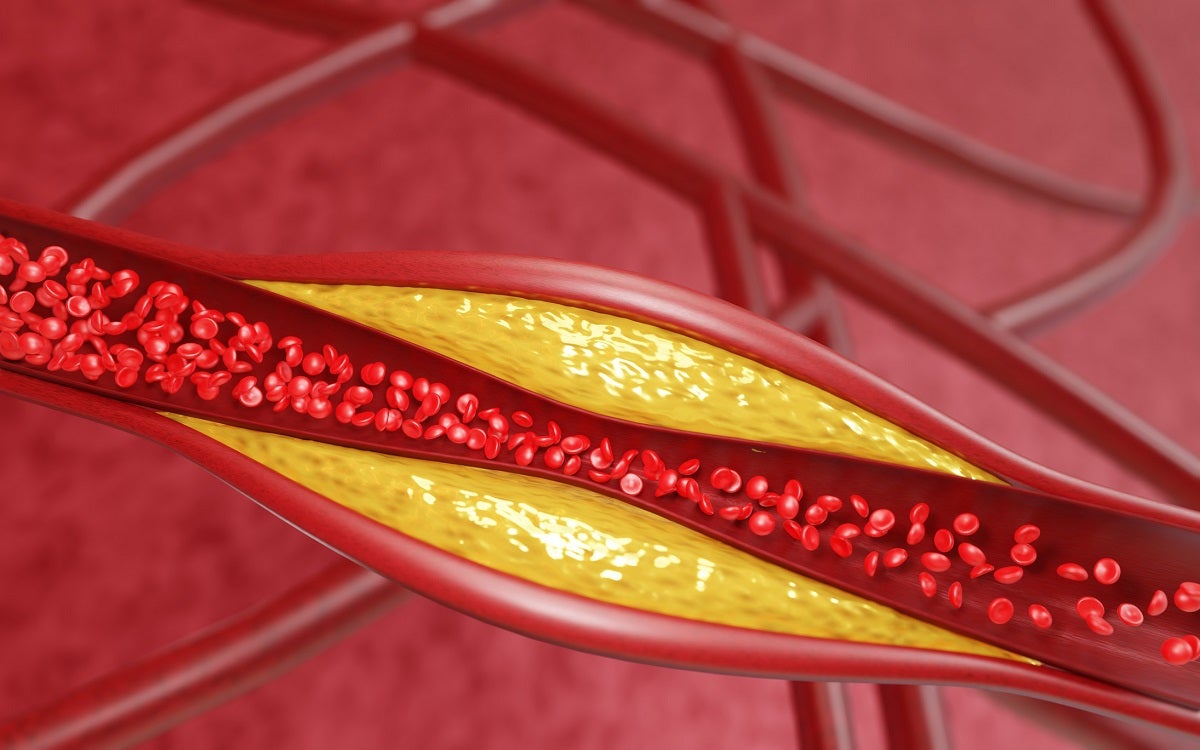Carotid Artery Disease
March 25, 2024
By: Joshua Greenberg, MD, RPVI, FSVS
Categories: Cardiovascular Health, Men's Health, Women's Health
Carotid artery disease (CAD) occurs when fatty deposits cause a blockage in the vessels that supply blood to the head and brain.
Testing for Carotid Artery Disease
People aged 65 who have certain medical histories should be tested because they could be at higher risk of developing CAD. Histories include:
- The presence of a bruit heard with a stethoscope. A bruit is potentially the sound of an abnormal flow of blood
- Tobacco use
- High cholesterol
- Heart disease, coronary disease, or other vascular diseases
- TIA or stroke
Transient Ischemic Attack (TIA)
Because CAD develops slowly, a TIA could be the first sign of the disease. A TIA temporarily blocks the flow of blood to the brain and puts you at risk for a stroke. Seek medical care if you have sudden:
- Numbness or Weakness
- Dizziness
- Difficulty Seeing or Speaking
- Inability to Understand Speech
Treatment for CAD
The primary goal of treating CAD is to prevent stroke.
One treatment is carotid artery surgery. Since the 1950s, surgery has been the most common treatment for removing plaque from arteries. During surgery, the surgeon inserts a shunt to reroute the flow of blood while removing the plaque from the arteries.
A second approach is to insert a stent in a narrowed artery to keep it open so blood may flow freely.
A third common approach is a combination of stenting and surgery.
Takeaways
If you have family history of any cardiovascular disease, notify your primary care provider, who might do more testing and/or refer you to a specialist if symptoms appear.
If you experience any signs of a TIA or stroke, seek immediate medical care.
To learn more about vascular services at Trinity Health, visit TrinityHeatlhMichigan.org/Vascular.




